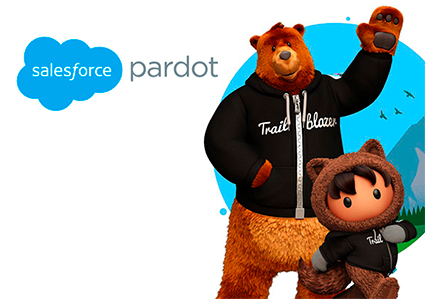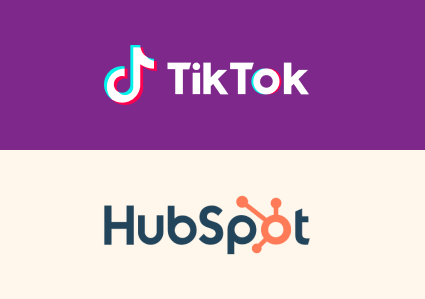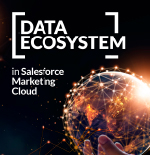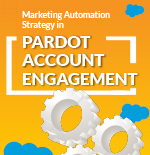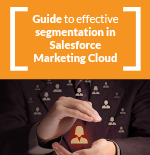Sometimes when you talk about segmentation, it is reduced to segmenting by gender, age group, and little more, but once you start, segmentation can be infinite. The main limitation to segmentation in Salesforce Marketing Cloud is usually the data you have in your database. In this article we tell you about the pillars of segmentation in Salesforce Marketing Cloud
On the one hand, you can simply have your customer’s contact data (which can already be a good starting point), but you may also have their purchase data, analytics of their activity in email, web or third party information that you can interrelate. With all this, you can make smarter segmentations. The more relevant data, the more intelligence you can provide.
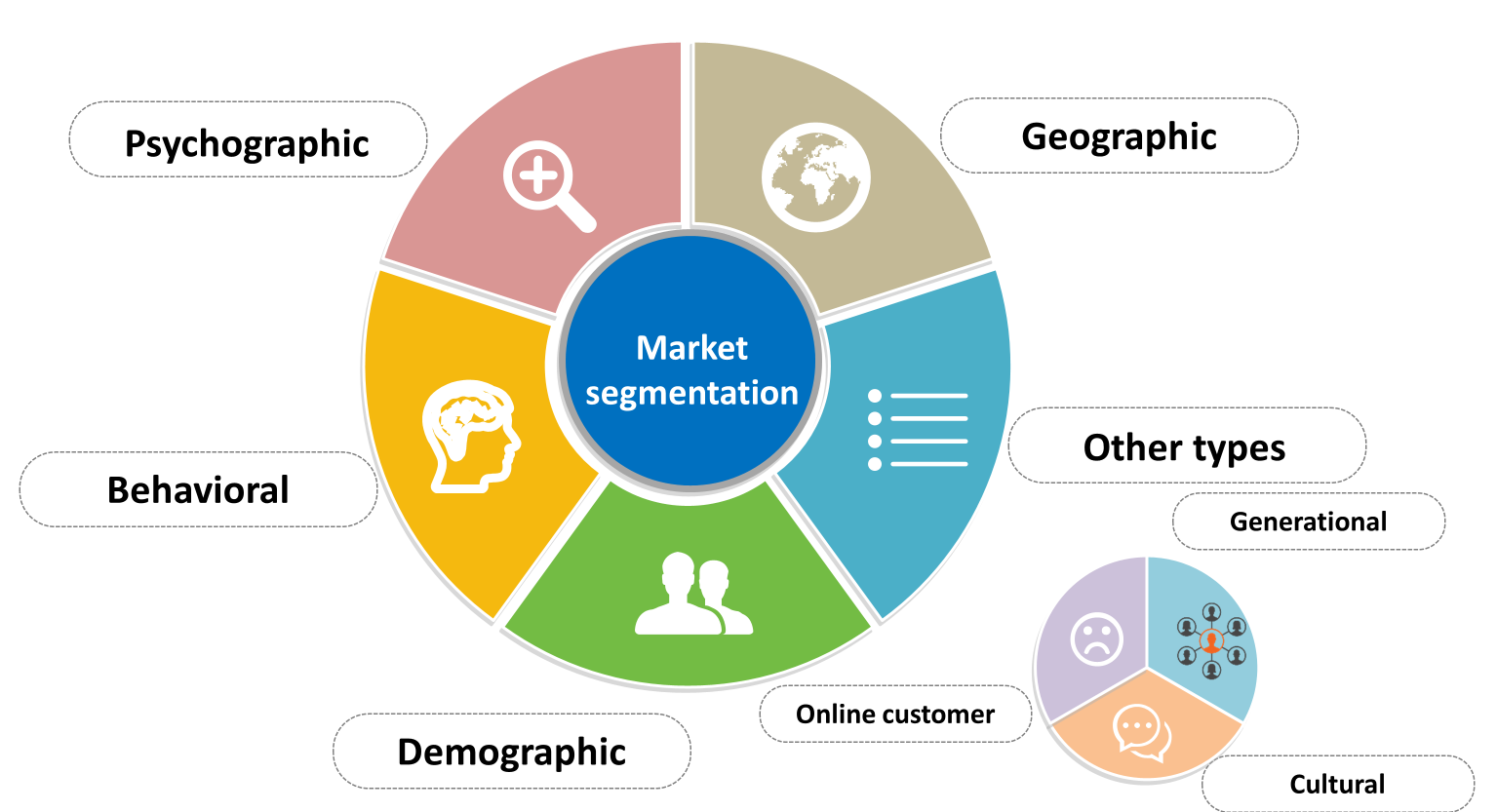
In this chart you can see the main pillars of segmentations, but depending on the case there can be many more. Whether your target is B2C or B2B, they can vary substantially.
3 main pillars of segmentation in Salesforce Marketing Cloud
These are the main pillars of segmentation in Salesforce Marketing Cloud:
Geographic variables
If you are a multinational company, you have to take into account that, although we are becoming increasingly global, there is still a strong differentiation by geographic area. By language, culture, religion and many other aspects.
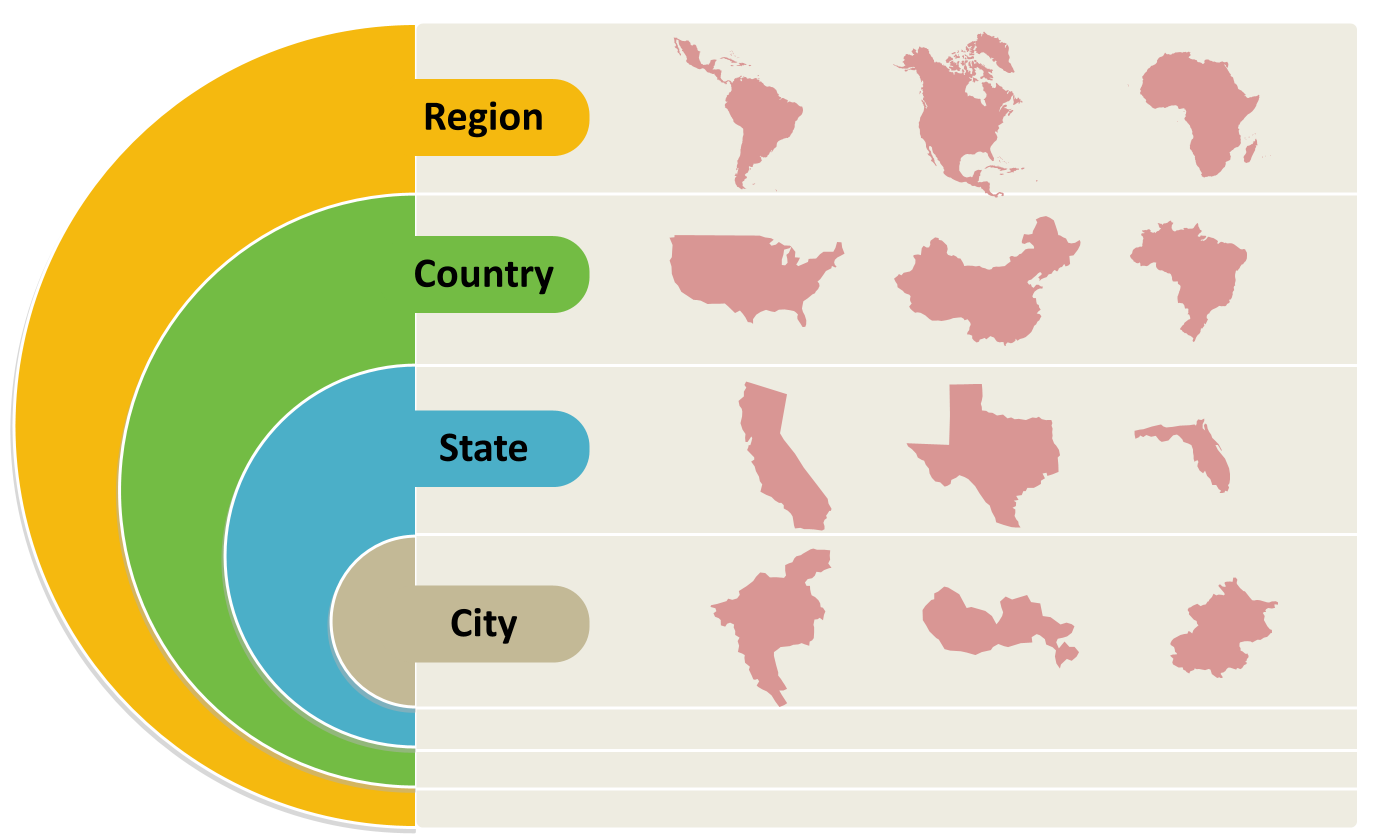
The demographic aspect is a strong segmenter, here in the graph we only show some options, but logically variables such as age, family size or gender are aspects that determine many segmentations.
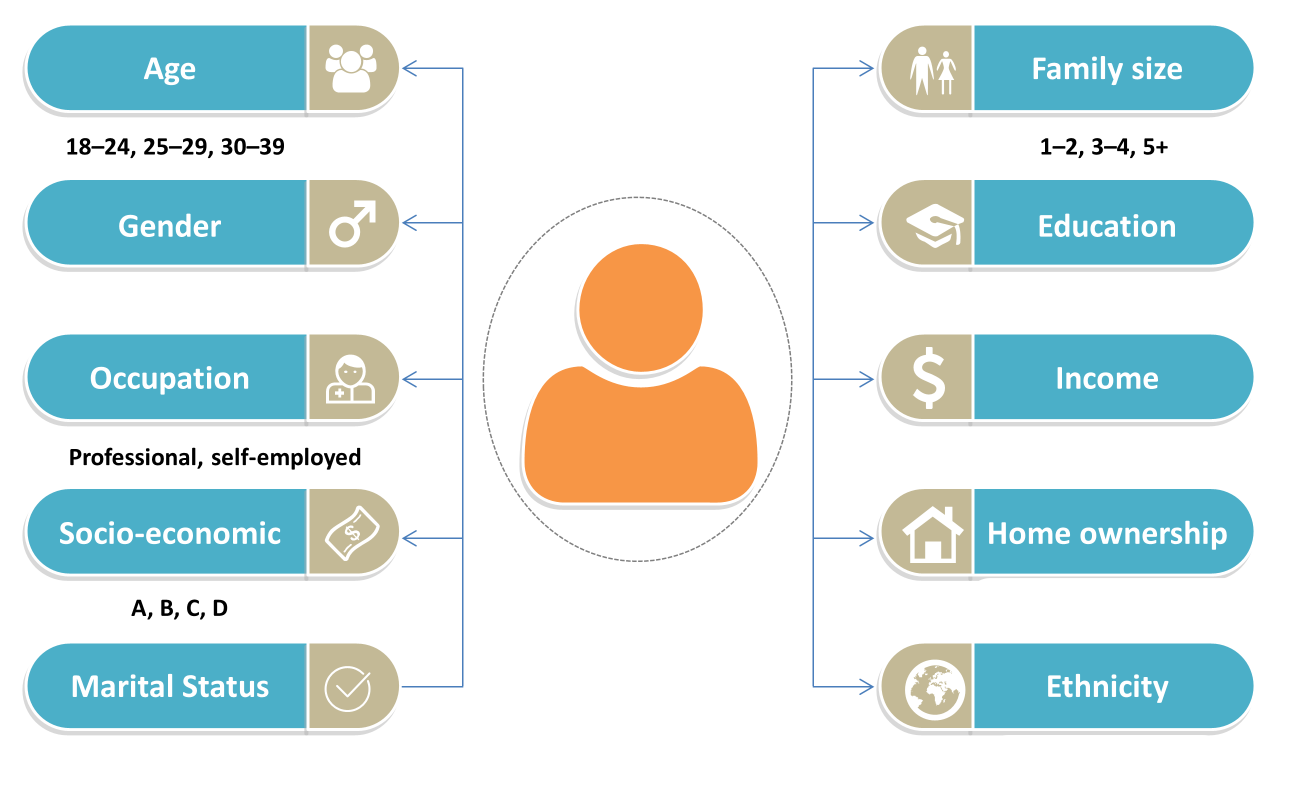
Psychographics
Here we can have variables such as:
-
Social Level
-
Lifestyle
-
Hobbies
-
etc.
Behavior
It is very decisive and it is getting richer and richer. Digital media allow us to have incredible information about our users in order to segment much more precisely.
In this area we find purchase behavior, what they have bought, its frequency, amount and value. It can give us data on what to suggest at this moment, but this intermingled with the fact that they may have visited an area of the website of a complementary product to a previous purchase. Imagine the power of that segmentation.
Where do they read or see us: email, sms, web, video, push?
When they browse, open e-mails, etc. In short, it gives us precise information to link it to other variables and thus get our communications as accurate as possible.
{{cta(’52fa9c99-860e-4fbd-b8e0-8084060f20e8′,’justifycenter’)}}


